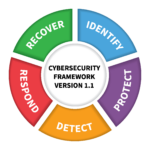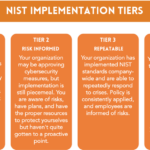The NIST Framework – Core Component

The National Institute of Standards and Technology (NIST) Framework is a comprehensive cybersecurity guide that helps organizations manage and reduce cybersecurity risks. The framework is comprised of three main components: the Core, the Implementation Tiers, and the Profiles. In this article, we will focus on the Core component, which serves as the foundation for an organization’s cybersecurity risk management strategy.…
